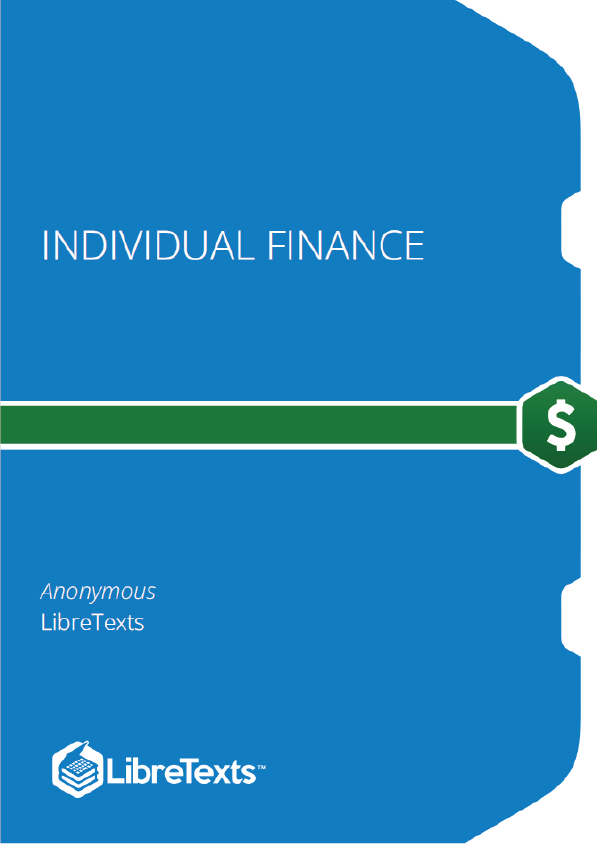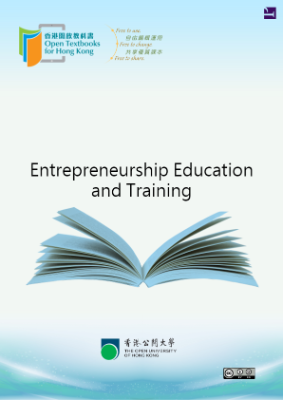Bryon and Tomika are just one semester shy of graduating from a state college. Bryon is getting a degree in protective services and is thinking of going for certification as a fire protection engineer, which would cost an additional $4,500. With his protective services degree many other fields will be open to him as well—from first responder to game warden or correctional officer. Bryon will have to specialize immediately and wants a job in his state that comes with some occupational safety and a lot of job security.
Tomika is getting a Bachelor of Science degree in medical technology and hopes to parlay that into a job as a lab technician. She has interviews lined up at a nearby regional hospital and a local pharmaceutical firm. She hopes she gets the hospital job because it pays a little better and offers additional training on site. Both Bryon and Tomika will need additional training to have the jobs they want, and they are already in debt for their educations.
Tomika qualified for a Stafford loan, and the federal government subsidizes her loan by paying the interest on it until six months after she graduates. She will owe about $40,000 of principal plus interest at a fixed annual rate of 6.8 percent. Tomika plans to start working immediately on graduation and to take classes on the job or at night for as long as it takes to get the extra certification she needs. Unsubsidized, the extra training would cost about $3,500. She presently earns about $5,000 a year working weekends as a home health aide and could easily double that after she graduates. Tomika also qualified for a Pell grant of around $5,000 each year she was a full-time student, which has paid for her rooms in an off-campus student co-op housing unit. Bryon also lives there, and that’s how they met.
Bryon would like to get to a point in his life where he can propose marriage to Tomika and looks forward to being a family man one day. He was awarded a service scholarship from his hometown and received windfall money from his grandmother’s estate after she died in his sophomore year. He also borrowed $30,000 for five years at only 2.25 percent interest from his local bank through a family circle savings plan. He has been attending classes part-time year-round so he can work to earn money for college and living expenses. He earns about $19,000 a year working for catering services. Bryon feels very strongly about repaying his relatives who have helped finance his education and also is willing to help Tomika pay off her Stafford loan after they marry.
Tomika has $3,000 in U.S. Treasury Series EE savings bonds, which mature in two years, and has managed to put aside $600 in a savings account earmarked for clothes and gifts. Bryon has sunk all his savings into tuition and books, and his only other asset is his trusty old pickup truck, which has no liens and a trade-in value of $3,900. For both Tomika and Bryon, having reliable transportation to their jobs is a concern. Tomika hopes to continue using public transportation to get to a new job after graduation. Both Bryon and Tomika are smart enough about money to have avoided getting into credit card debt. Each keeps only one major credit card and a debit card and with rare exceptions pays statements in full each month.











